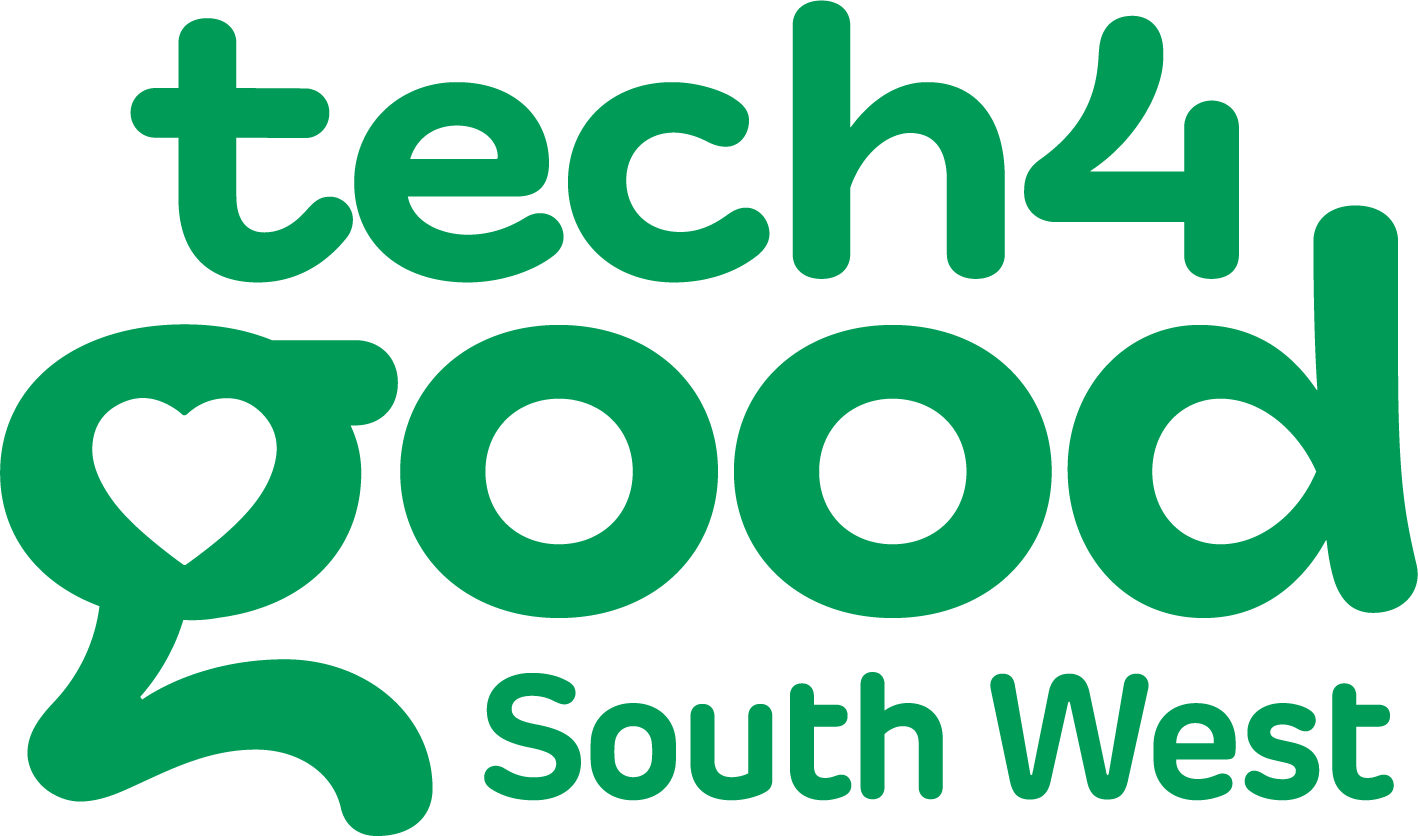Driving awareness of your charity: Google Analytics, websites and Instagram
Highlights from the Tech4Good SouthWest event on 9th July 2019 in Bristol UK.
On 9th July representatives from the charity and tech sectors, as well as digital nomads and academics, all piled into the Oak Room at Desklodge Old Market to learn more about driving awareness through best SEO practices, website design, free Google advertising grants and Instagram.
Mingling amongst the diverse range of charities and tech people, it was clear that the event was speaking to the direct needs of nonprofits and charities. Many of the charities in attendance were finding it difficult to generate engagement, or rank high on the ever-changing Google search index. While some found that their physical events were doing well, their online presence wasn’t effective at keeping conversations going and spreading the word.
Demystifying SEO and quick website tips and tricks
Enter Jenny Hearn, representing Torchbox, a Bristol-based digital agency that specialises in creating products for nonprofits, with her five minute rundown of what — finally! — SEO actually means. To kick off our series of short talks, Jenny had collaborated with charity case studies provided by Tech 4 Good, creating quick audits of their websites.
Taking her SEO scalpel to the online presence of local groups such as LifeCycle UK, Birdgirl and One Shared Earth, Jenny was able to outline the common challenges for each charity: time, knowledge, skills and budget. Jenny short-circuited this by clearly showing the importance of the smaller technicalities that can be tweaked in order to create a better chance of finding your website on Google.
As Jenny outlined in her talk, 92% of all searches are through Google. The key to competing with other websites and to winning over Google’s ever-changing search index algorithm is to be discoverable for any and all possible queries users might be searching for. Jenny showed that this needn’t be a maddening task: an attractive title and description, playing around with enhanced search result features, using Google My Business to create a map listing, generating a few good reviews and incorporating strong back links to a site’s content can all help.
How can charities make use of the free advertising grant offered by Google?
Most heads were down and scribbling away in notepads as Ali Vowles started her talk on the free advertising grant offered by Google to non-government charities. Many charities in the room were not aware this was available. Breaching the tech skills divide within the charity sector isn’t always about implementing new tech, or prototyping a product just because you can. It’s also about giving the charity sector the vocabulary and knowledge in order for it to get better at identifying needs and voicing them.
The Google ad grant gives non-government charities and nonprofits up to $10,000 a month, or $329 a day, to put towards advertising space on Google. Ali made it clear that if you think your organisation is eligible, it is definitely an application process worth exploring — while it may take a while to find out if you’re qualified and complete the grant, Google Ads gives you the chance to leapfrog over the competition, as they appear above non-paid search results. Ali reminded us to always connect your ads to your Google Analytics, as this way you can track what kind of audience you’re reaching.
How charities can use Instagram to tell their story
Our final speaker, Louise Chudley of Spark Social, took us through the importance of getting heard on social media platforms. Instagram can offer an opportunity to connect in a way that is fairly unique — as Lou outlined, Instagram can tell your charity’s story in a visual way. While a good amount of charities in the room already owned an Instagram account, not as many were confident using it. Instagram can easily create communities, building connections, through mentions, highlights, hashtags and Stories.
It was clear from the panel Q and A after the presentations that Lou’s demystifying of Instagram had got the nonprofits’ creative minds whirring, including ours. The intricacies of geotagging, splicing together an engaging Story and creating captions were untangled, and we began to think we should start live-’gramming what we had just learned.
Community shoutouts and cross-sector collaboration
A Tech 4 Good event wouldn’t be complete without its community shoutouts and the opportunity to create new connections. From initiatives and projects ranging from the National Grid Community Grant Fund, student project opportunities with Bristol University software engineering course and UWE CAKE, Microsoft AI for Good to a new STEM course for early primary school children, Science 4 Bristol. Not to forget upcoming events including Bristol Giving Day 9th October, Bristol Tech Fair and Technotopia 9th November, and SeeChangeDragon Boat Festival 28th September.
It wasn’t just the canned G&Ts that kept the evening going; there was a genuine excitement in the room as the space enabled charities to have conversations they wouldn’t normally have, with clear paths to next steps created.




